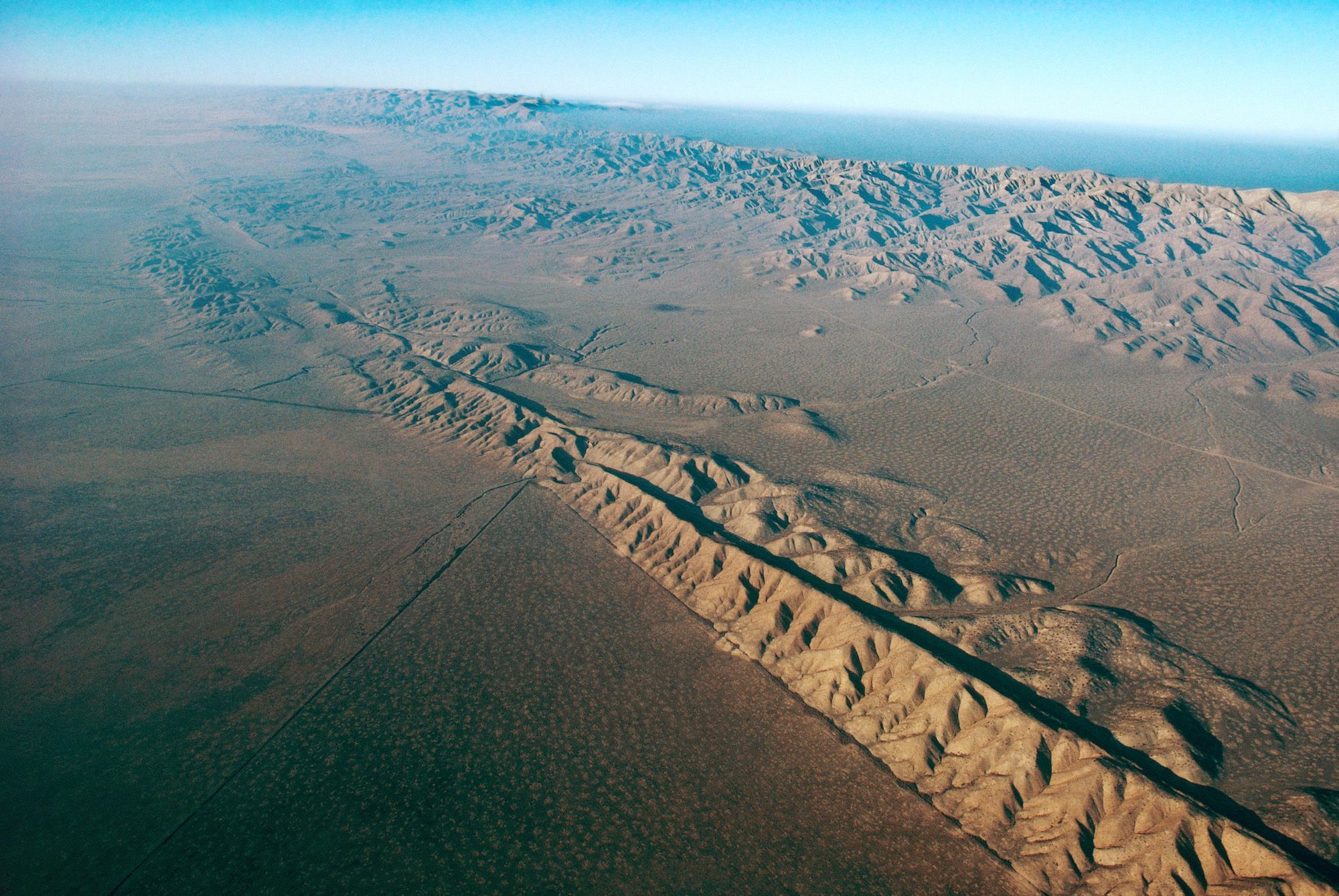When two air masses meet, the air within them does not easily mix. That is to say that the air in one air mass will not easily mix with the air from another air mass. Instead, the air stays within its own air mass. Because of this phenomena, a border forms between two clashing air masses as they rub together. This border is called a front.
The term ‘front’ was first used by Norwegian scientists who compared two air masses colliding to two armies as they clash on the battle front. Just like one army taking over another in a battle, one air mass ultimately takes over, pushing the other one away.
Fronts should not be thought of as a vertical wall. This is because they are actually sloped, like a hill. Often the slope of a front can be extremely gradual, taking hundreds of miles across the surface of the Earth to reach an altitude of just one mile.
While the air in one air mass will not mix easily with the air from another air mass, along a front there is some mixing. The front where air mixes is usually just a few miles or tens of miles across.
Warm Fronts

Fronts that bring warm air are referred to as warm fronts. As this warm air approaches, it is lifted upward above the cooler air. As the air in the warm air mass rises it expands, causing it to cool down. As it cools, water vapor can condense, creating precipitation.
This precipitation is generally light and forms gradually. Clouds first form in the sky as the warm air is lifted upward, proceeded by thicker clouds, and ultimately some form of precipitation.
Cold Fronts

A front bringing in a cold air mass is referred to as a cold front. Because cold fronts move along the ground where they encounter friction, they move slower at ground level than they do further up in the atmosphere. For this reason, cold fronts tend to be more sloped than warm fronts.
Typically cold fronts move faster than their warmer counterparts. The combination of higher speed and slope push warm air masses upward very quickly. This quick upward air movement causes the warm air being displaced to cool quickly, becoming turbulent. This turbulence often can be the cause of extremely violent weather.
Because cold fronts move quickly, the weather associated with them typically also moves quickly and passes over a particular location in a short period of time. The turbulent weather generally stays right in line with the front.
Stationary Front

When two air masses come together but neither displaces the other, the boundary between them is referred to as a stationary front. It is difficult for meteorologists to predict the weather along a stationary front, though it often resembles that of a warm front.






